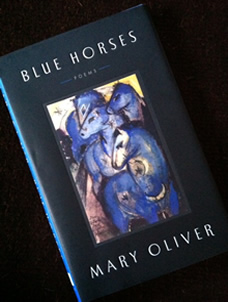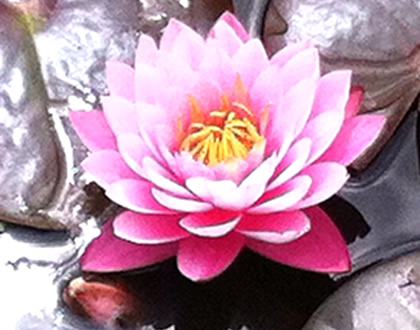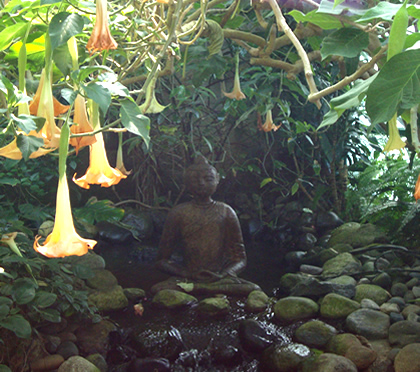 This question has lingered in my mind since it was asked on a form I was filling out for my first reflexology session with my friend and reflexologist Lori Sweet. The question stopped me. I had no idea how to answer it. And, I began to ask myself “what is joy for me?”
This question has lingered in my mind since it was asked on a form I was filling out for my first reflexology session with my friend and reflexologist Lori Sweet. The question stopped me. I had no idea how to answer it. And, I began to ask myself “what is joy for me?”
Yoga teaches that joy – ananda – resides in the subtlest aspect of our being. It is there for all of us, yet may seem elusive, even mysterious.
After reflecting on this question, I can best describe the feeling of joy to be a profound opening of myself to all that is around me: it is a connection and a deep gratitude. It may be brief or linger, a glow in the sky of my being after the sun slips below the horizon.
Yoga teachings tell us we have a choice whether to move toward joy or away from joy. We have to reflect on what brings us “non-joy” and say “no” to that. The great gift of yoga is a quieting of the mind, which helps us to discern those things that bring us joy and those bringing us “non-joy.”
This morning after returning from the veterinarian with my most lovable fluffy 14-year-old kitty, Bagheera, I sat in the chair in the living room with a cup of coffee. Looking out the window to the snow clinging to the sycamore, I could feel myself leaning into a space of inertia. Bagheera was going to OK, but I was slipping into malaise with the day.
I don’t think I was conscious of making a choice, but I did pick up a book of poetry my husband had given me for Christmas. The poet was Mary Oliver. I read poem after poem until I reached “Franz Marc:s Blue Horses,” in which the poet imagines herself stepping into the painting “Blue Horses.” The poet reflected on the painter who “died a young man, shrapnel in his brain,” but also on the beauty of the blue horses in the painting and her gratitude.
I do not know how to thank you, Franz Marc.
Maybe our world will grow kinder eventually.
Maybe the desire to make something beautiful
is the piece of God that is inside each of us.”
I read the poem again and again, and then found myself holding the book close to my heart. It broke me open to something beyond the living room and the snow and the sycamore. I realize now I had made a choice to move toward joy. And that has made all the difference in my day.
So what about you?
How does joy feel to you?
What are you going to connect to that will bring you joy?





